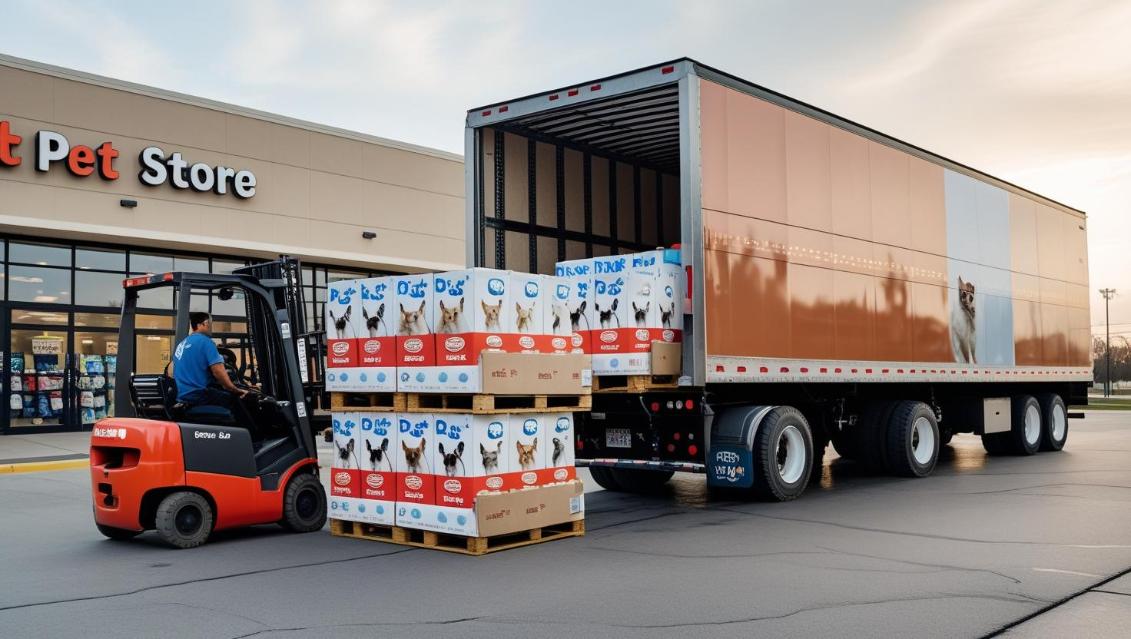7 Ways Fast Trucking Keeps Your Pet’s Favorite Food Always in Stock

Pet owners today don’t have the luxury of waiting around; they want Bowser’s favorite kibble on the shelf by 5 p.m. and nothing less. Fast trucking quietly keeps that promise by rushing product from manufacturer to aisle at a pace traditional freight would call reckless.
When supply chains curve or demand jumps, those extra miles become the difference between a stocked shelf and an space.
1. Reduces Delivery Delays from Manufacturers to Stores
Fast trucking chops the lag between factory dock and retail floor into manageable shifts instead of days. Routes laser-printed overnight and proofed over breakfast give drivers the latitude to shave hours off a run that once felt routine.
2. Enables Real-Time Inventory Replenishment
Grocers check a tablet, see a row of cans slipping under scan limits, and dial for a truck twenty-four hours later. Hub-and-spoke networks so tightly mesh that fresh pallets arrive before the last SKU leaves the cart, and repeat orders can roll in four, sometimes five times a week.
3. Supports Local and Regional Distribution Hubs
Quick trucking routes keep smaller distribution centers well stocked with pet food, sparing urban and rural retailers the headache of empty shelves. Because shipments move swiftly, store owners no longer live in dread of long-haul delays.
4. Speeds Up Restocking After Natural Disasters
Hurricanes, blizzards, or wildfires don’t just disrupt people—they zap the pet supply chain as well. Fleets that specialize in emergency deliveries shove essentials back into the affected towns almost overnight, so animals with bells on their collars aren’t left waiting for breakfast.
ALSO READ: Why Custom DTF Transfers Are Perfect for Animal Merchandise
5. Allows Faster Recall Replacements
The moment a brand announces a recall, responsive trucking crews yank unsafe bags off the shelf and slide in safe ones before the phones even cool down. That pace not only shields pets but also reassures anxious owners that the company still cares.
6. Improves Access to Specialty Pet Foods
Fido, with an egg allergy, and Felix, on a strict low-ash diet, shouldn’t compromise just because the shelf looks bare. Central hubs that dispatch freight on short notice mean those hard-to-find formulas can hit stores—or a customer’s porch—in a fraction of the usual wait.
7. Subscription Pet-Food Journeys
Pet-parents Haulers handle everything from kibble to raw diets, often boarding their trucks every dawn so that bowls are refilled the very day an order clicks through. That lightning-quick rhythm has turned next-day delivery from a perk into a baseline expectation.
Conclusion
Scroll through any pet aisle, and you see the quiet handiwork of a logistics web that seldom demands applause. Speedy Trucking slips in behind the glamour shots on packaging and makes sure Rover never misses a meal. For millions of owners, that dependable velocity is less a market edge than a daily comfort they no longer think twice about.
